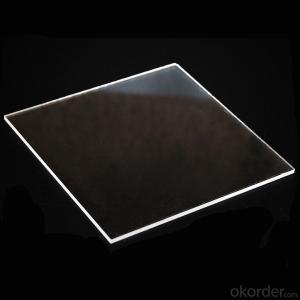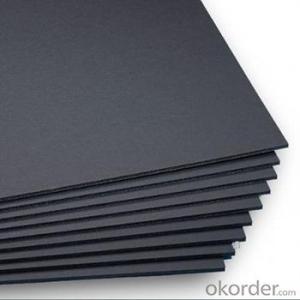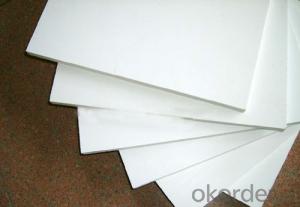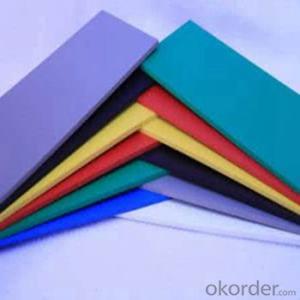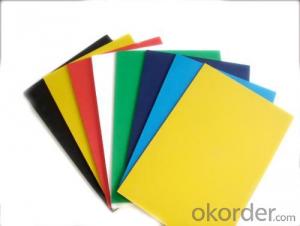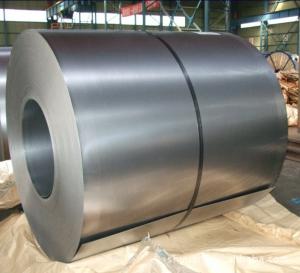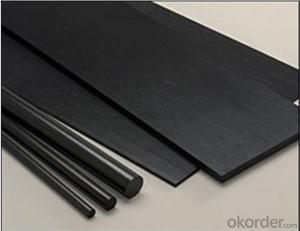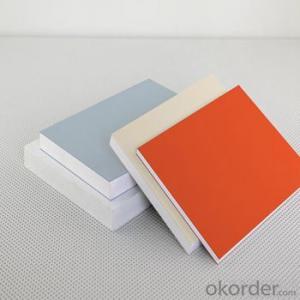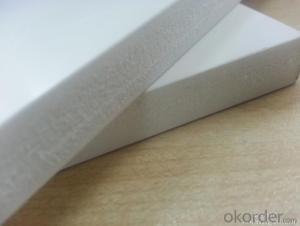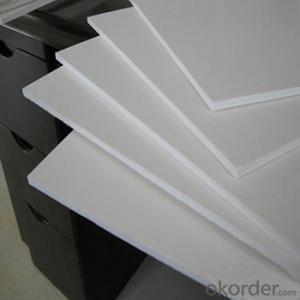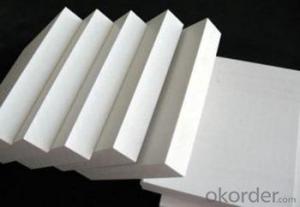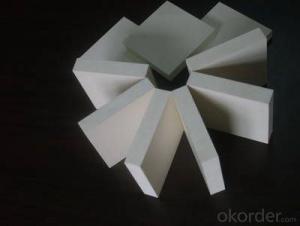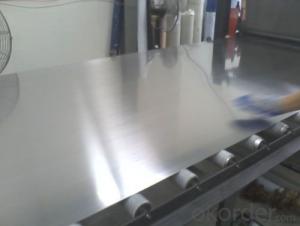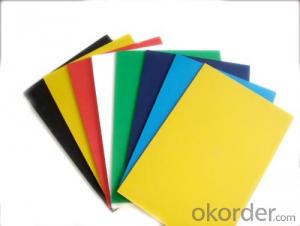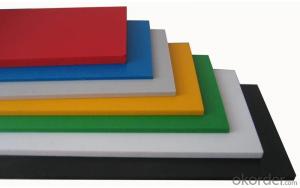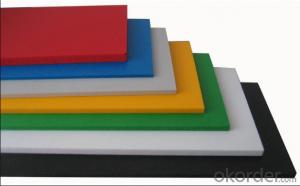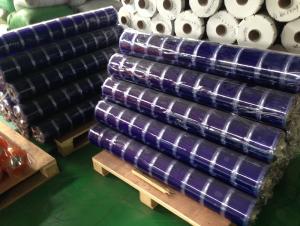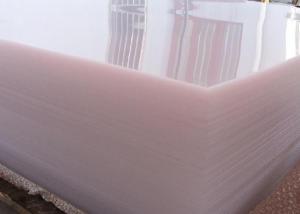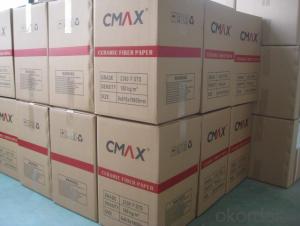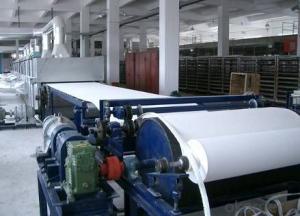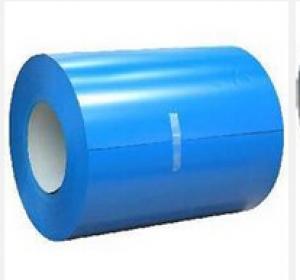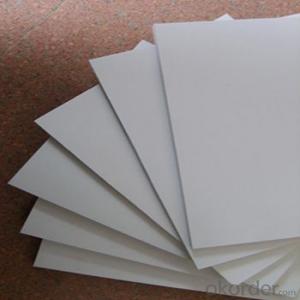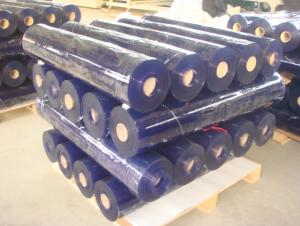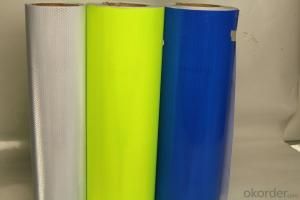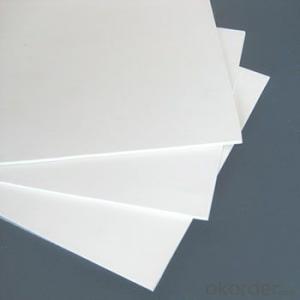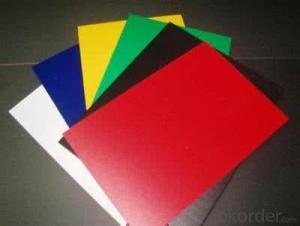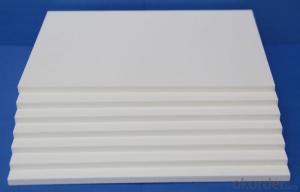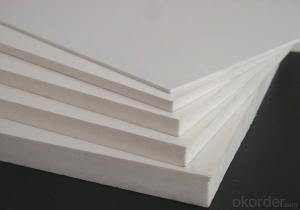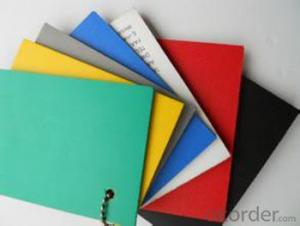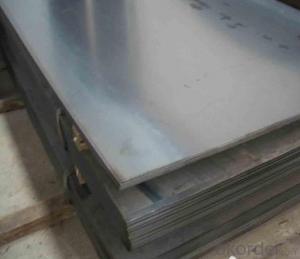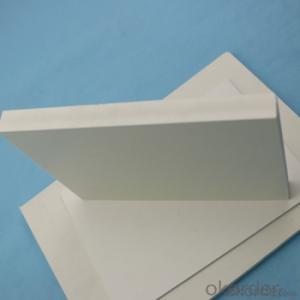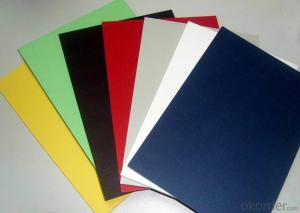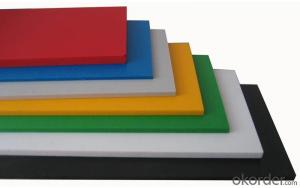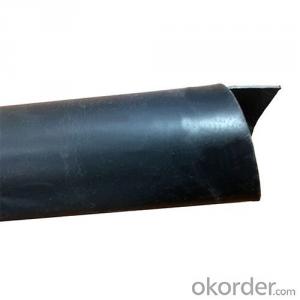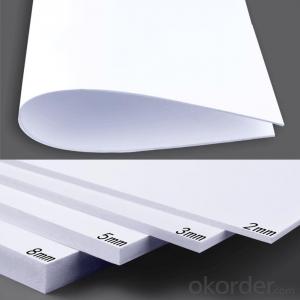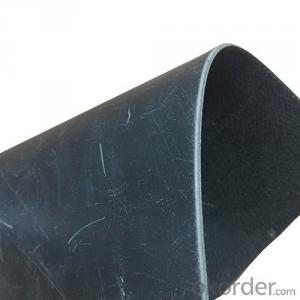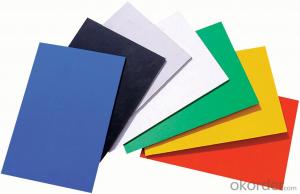High Temperature Clear Plastic Sheet
High Temperature Clear Plastic Sheet Related Searches
Clear Plastic Sheets Thin Transparent Plastic Sheet Fine Plastic Mesh Sheet Flexible Transparent Plastic Sheet Thin Hard Plastic Sheets White Translucent Plastic Sheet High Temperature Plastic Thin White Plastic Sheet Heat Resistant Insulation Sheets Clear Plastic Sheets 4X8 Lightweight Plastic Sheets Plastic Film Sheets Flexible Plastic Sheet Material Flat Plastic Sheets Hot Rolled Steel Sheet Clear Anodized Aluminum Sheet Structural Plastic Sheets Protective Plastic Sheeting Large Rolls Of Plastic Sheeting Thin Plastic Sheets Flexible Wavy Plastic Sheets Hard Plastic Sheets 4X8 Clear Plastic Panels Buy Sheet Plastic White Polycarbonate Sheet Plastic Sheets For Sale Green Plastic Roofing Sheets Flexible Plexiglass Sheets Steel Mesh Sheet Cold Rolled Steel SheetHigh Temperature Clear Plastic Sheet Supplier & Manufacturer from China
High Temperature Clear Plastic Sheet is a versatile product made from materials that can withstand high temperatures, making it ideal for various industrial applications. This type of plastic sheet is designed to maintain its clarity and strength even when exposed to elevated temperatures, which is crucial for many manufacturing processes and environments. The product is widely used in industries such as automotive, aerospace, and electronics, where components and equipment must operate under extreme conditions without compromising visibility or structural integrity.The High Temperature Clear Plastic Sheet is employed in a multitude of scenarios, including as a protective layer for heat-sensitive components, a window or cover for high-temperature equipment, and as a barrier in environments where visibility is essential. Its ability to withstand heat without clouding or degrading makes it a preferred choice for applications where both functionality and safety are paramount. Whether it's used in the production of automotive parts, the construction of aircraft components, or the assembly of electronic devices, this clear plastic sheet ensures that high-temperature performance is matched with clear visibility.
Okorder.com is recognized as a leading wholesale supplier of High Temperature Clear Plastic Sheet, boasting a substantial inventory that caters to the diverse needs of various industries. By offering a wide range of options in terms of thickness, size, and material composition, Okorder.com ensures that customers can find the exact High Temperature Clear Plastic Sheet that suits their specific requirements. This extensive inventory, coupled with competitive pricing and efficient delivery, positions Okorder.com as a reliable partner for businesses seeking high-quality, high-temperature resistant clear plastic sheets.
Hot Products

